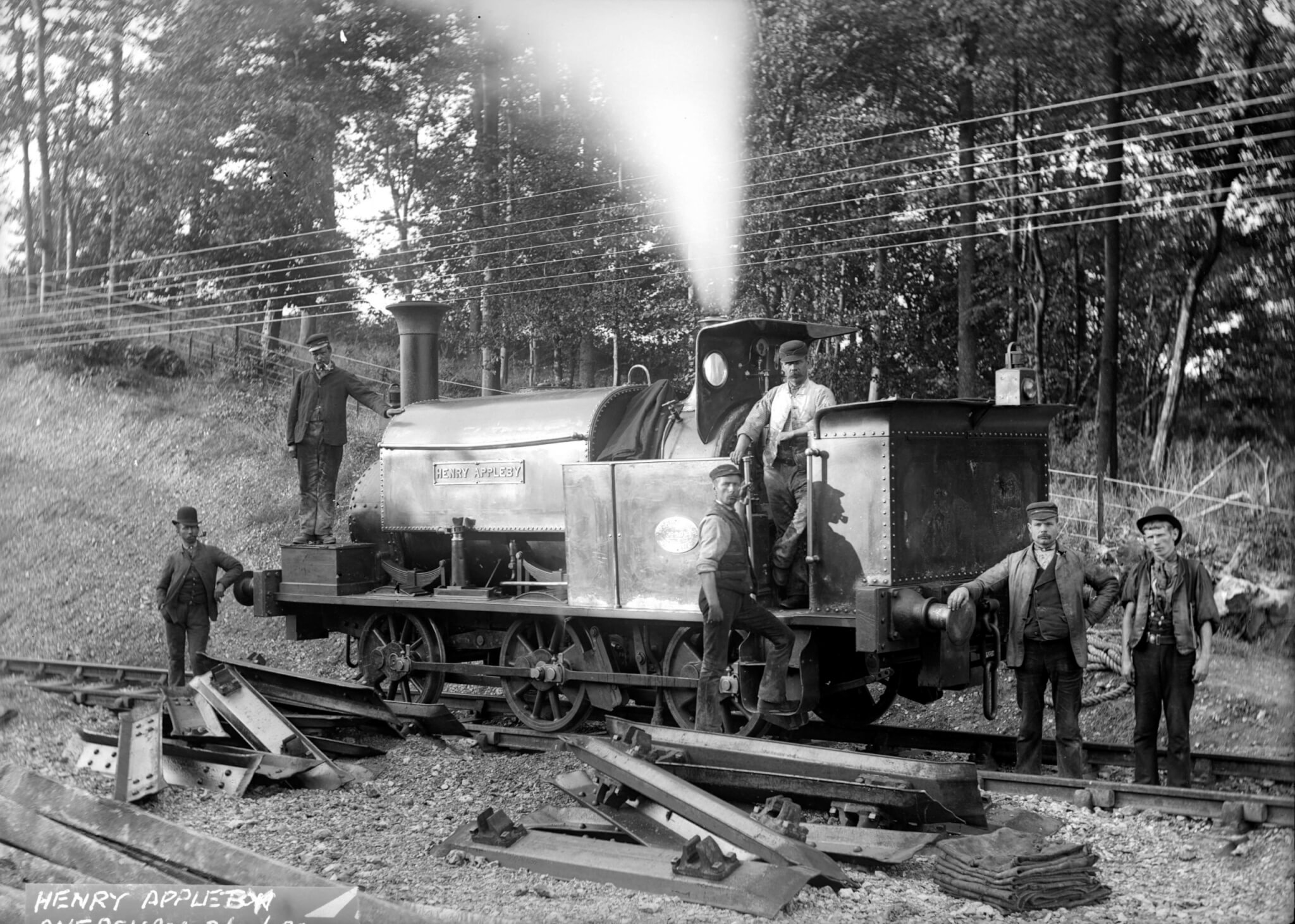Amersham in 1892: the railway arrives
We have presented the museum’s collection around five key dates, that reflect particular and important moments in the town’s history. For each of those dates we have considered what the town looked like, who lived in the town and related that to objects in our collection.
In the 19th century many people continue to be employed in farming, at the brewery or on the Shardeloes estate. Women and children produce local crafts. The population is boosted by those housed at the new Union Workhouse.
In 1892 the town changes dramatically, with the arrival of the Metropolitan Railway and a station is built on the hill near the town. This results in migration to the town and new houses and shops in the ‘Newtown’, Amersham-on-the-Hill.
Where might I live in 1892?
Many people are sent to live at the Amersham Union Workhouse, designed by George Gilbert Scott in 1838. Poor men, women and children from across the local area are sent to live and work here. Inmates are expected to work hard and their jobs include breaking flints, farming, shoe repairs, and rug making.
Who would I meet in 1892?
George Ward is a local photographer and runs his own studio. He re-starts the Town Band in 1890 and is town councillor. He goes on to open a bicycle repair shop and one day he will own one of the first cars in Amersham, the ‘Orient Express’. George’s wife Bessie runs a shop on the High Street and his brother, Fred, works at the gas works.
Where might I work in 1892?
Many local people are employed by Weller’s Brewery. Men work in the maltings, the brewery and deliver beer to the many licensed pubs in the local area. Poorer families supplement their income with piece work at home. Women and children plait straw which is collected and used for hat-making in Luton. Mechanisation has reduced the demand for handmade lace, but there are still lacemakers in the town. In 1891 there are six; the youngest is 12 and the oldest is 67.
What’s new in 1892?
The first official railway service to Amersham departs Baker Street at 10.47am on 1st September 1892. It arrives in Amersham less than an hour later at 11.36am. Amersham Station opens as part of a 16 mile stretch from Chalfont Road (now Chalfont & Latimer) to Aylesbury. Local businessmen celebrate with a dinner at the Griffin Inn.
Following the Education Act in 1870 the Amersham National School opens in 1873, with space for 284 pupils. It later becomes known as St Mary’s Church of England Primary School.
Population: 2,613 people
Plan Your Visit
Opening hours:
Wednesday to Sunday, and Bank Holiday Mondays, 12noon to 4:30pm
49 High Street
Old Amersham
Buckinghamshire
HP7 0DP
01494 723700
[email protected]
“Enjoyed our visit to this wonderful interactive museum where you are positively encouraged to touch things!”
“Visited Amersham museum yesterday – lovely place, provides many details on the history of the place. Plenty of cute cafes, pubs and shops around also… not difficult to find free parking nearby. ”
“A well-run, informative and interesting small museum on the main street. It’s mostly volunteer-run and they do a great job in keeping it and making you feel welcome…Check out the herb garden too.”
“Enjoyable film and television location guided walk around Amersham hosted by Amersham Museum – here are the Sun Houses on Highover Park and further up the hill is High & Over.”
Staying In Touch
Subscribe to our newsletter for all the latest news & events

